A look into the history of The Lookout and Camden Grammar School for Boys at Balgowlah
Tucked away in a side street off busy Sydney Rd is one of the most outstanding houses in Balgowlah and a glimpse into a wealthy slice of peninsula history.
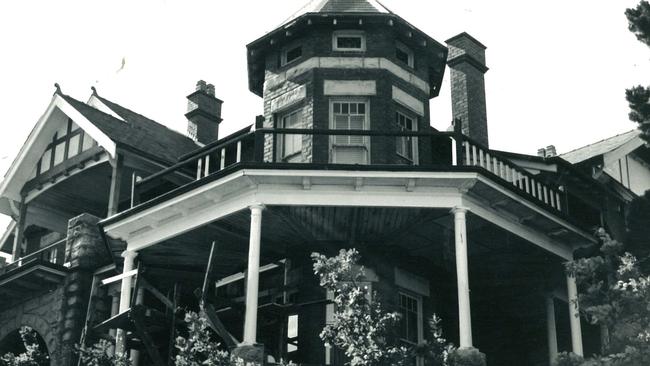
Nth Beaches
Don't miss out on the headlines from Nth Beaches. Followed categories will be added to My News.
Tucked away in a side street off busy Sydney Rd is one of the most outstanding houses in Balgowlah and a glimpse into a wealthy slice of peninsula history that was built a century ago.
The house was called The Lookout but is now called Camden and has just sold for the first time in more than 70 years.

The history of the landmark house has been researched by local historian Terry Metherell and Manly Library local studies librarian John MacRitchie, who found it was used as a home, a girls’ school, a private hospital, a boys’ school and then a home again, while the suburb around it grew from an outlying district of Manly to a vibrant and highly sought-after area.
The house was built in 1908-09 by Augustus Knight, who in 1888 was one of the four men who founded the Barrier Miner newspaper at Broken Hill.

Knight, who was born at Parramatta in 1859, was a printer by trade and had worked in Sydney before moving to Broken Hill but it’s likely he also had some investments in mining at Broken Hill.
In 1888, the year he co-founded the Barrier Miner, Knight married a local girl, Mary Ingram, and the couple had a daughter, although both mother and daughter died with two years of each other in the early 1890s.
In 1896, Knight married Ethel Cook and the couple had five children between 1897 and 1907.
By 1890, there were only two owners of the Barrier Miner – Augustus Knight and Otto von Rieben – but they both sold their shares in the paper in 1907 and retired, after which Knight moved to Sydney.
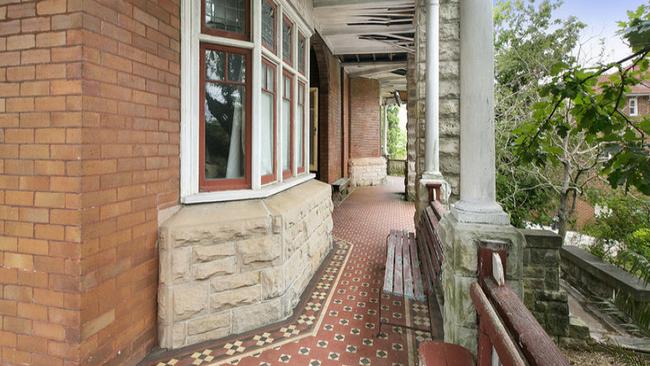
Knight bought a large piece of land at Balgowlah bounded by Boyle St to the west, Lauderdale Ave to the south, Hill St to the east and the rear boundaries of properties fronting Sydney Rd to the north.
As well as the two-storey Federation-style home with a Queen Anne influence called The Lookout, Knight also built a coach house, gatekeeper's cottage and servants’ quarters.
In building such a grand home for himself and his family, however, Knight appears to have overextended himself financially because in 1912 he subdivided his land into 15 lots, which involved creating Willyama Ave to provide street frontages to some of the lots.
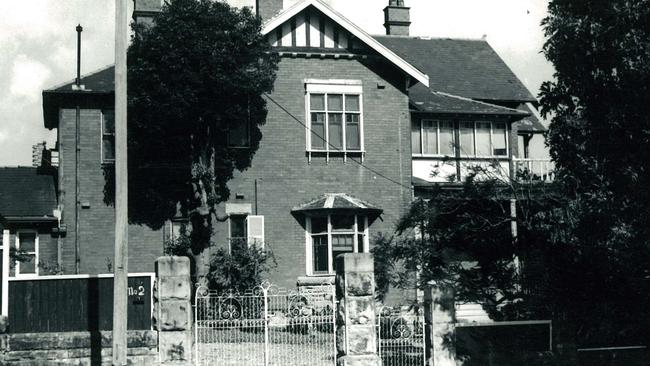
But sale of the lots was slow and Knight was still living in The Lookout in 1915, although by then his financial problems would have worsened because in 1916 his wife Ethel successfully sued for divorce on the grounds of misconduct.
When he moved out of The Lookout, Knight moved to Rock Farm, near Dundas, where he married Emily Hack and fathered three more children.
The Lookout was occupied by Herbert Corry from 1916 to 1921, when it was purchased by Henry Rayward, who ran an import-export business that dealt mainly with Japan, where he spent a good deal of his time and where some of his children were born.
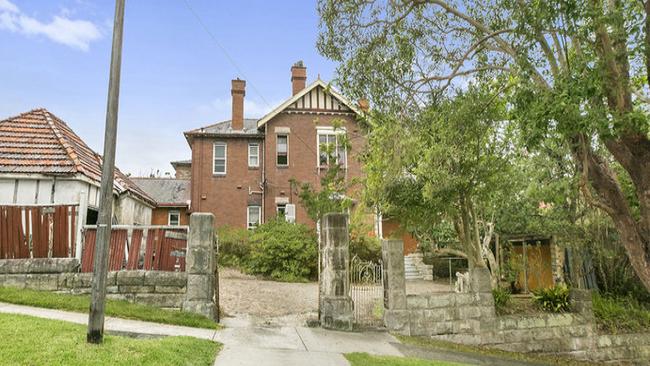
The house was leased in 1924 to the Miss Stockfield, who briefly operated the Woodhurst Girls’ School in it, then the Raywards returned in 1925 and 1926, and from 1927 and 1928 it was leased to the Misses Davis for use as Fairlight Private Hospital,
The Rayward family moved back into The Lookout in 1929 and lived there for some years but Rayward’s business nosedived in the late 1930s as relations with Japan broke down and crashed badly following the bombing of Pearl Harbor.
In 1943, The Lookout was bought by Rev Charles Palmer to accommodate his school, the Camden Grammar School for Boys.
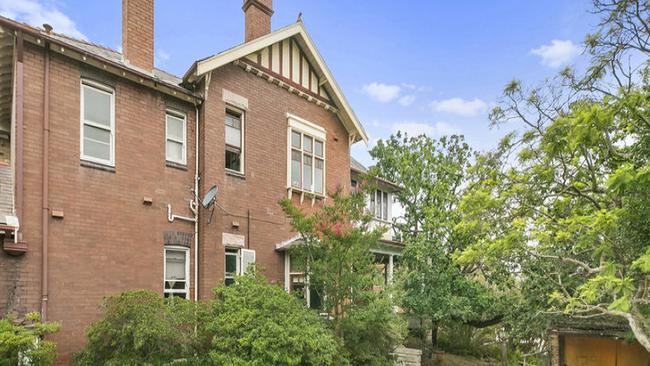
The school had its origins in 1872, when William Gordon founded the Camden-Campbelltown Grammar School at Camden.
In 1890, the school came under the control of Dr Henry Oliver, who moved it to Campbelltown, where it remained until 1902, when Dr Oliver bought Studley Park House at Camden.
In 1919 Dr Oliver sold Studley Park House and the school to Rev Charles Palmer, who had previously been the minister of the Congregational Church at Campbelltown.
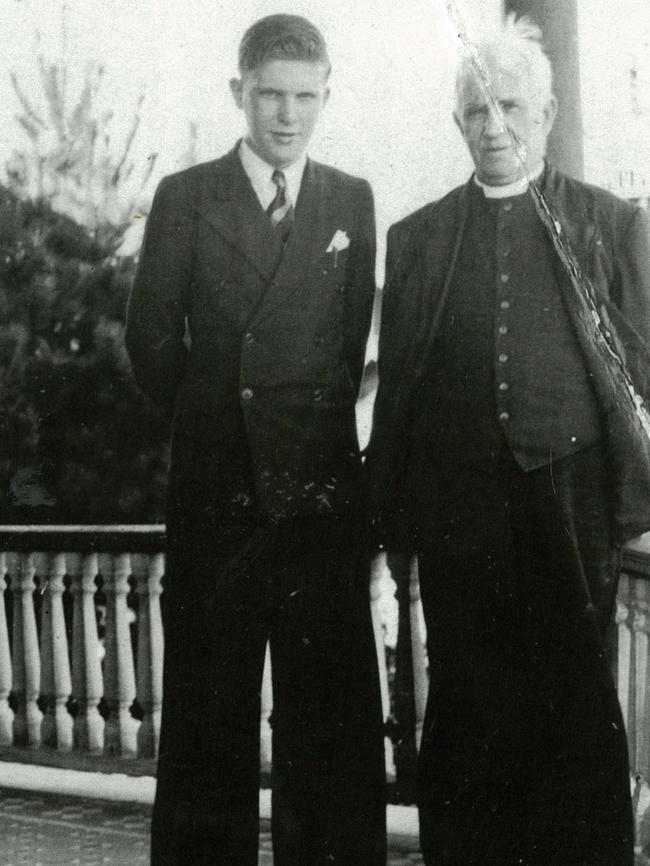
Rev Palmer operated the school in Studley Park House until 1933, when the house was sold to Archibald Gregory, the sales manager of 20th Century Fox, by the woman who held the mortgage on the house.
Indeed, Palmer appears to have always operated his school on the smell of an oily rag and it is surprising that it lasted as long as it did.
After the forced sale of Studley Park House, Palmer moved to Manly, where he leased Dalley’s Castle in which to run his school.
But when Dalley’s Castle was demolished in 1939, Rev Palmer was forced to find a new home for his school.
He briefly ran his school at Castle Hill before returning to Balgowlah, where he bought The Lookout in 1943 and changed its name to Camden to match the name of his school.
The number of students at the school at any one time rarely exceeded 12 and appear to have been of varying ages. Some students boarded at the school and others were day students.
Palmer and his school were cast in a bad light in 1949, when the mother of two of his students, aged eight and nine, sued him for negligence, claiming that within weeks of starting at the school as boarders, her sons were dirty, neglected and had developed sores.
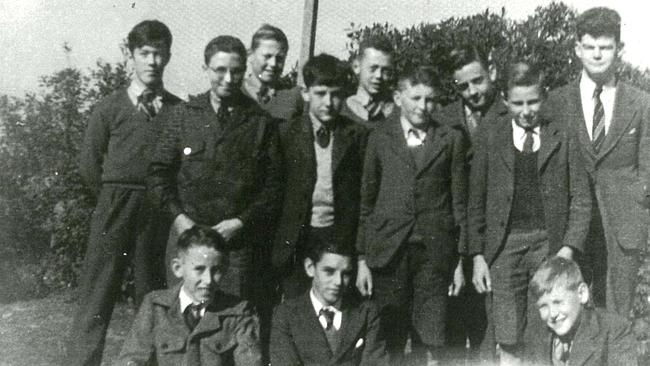
The suit was successful, after which the Registrar of the Church of England Diocese of Sydney, Bishop W.G. Hilliard, immediately told the press that the Rev Palmer was not an Anglican clergyman and that the Camden Church of England Grammar School he operated was not a Church of England school.
Despite the bad press, Palmer continued to operate the school until his death in 1955, after which the school closed.
Along the way, however, Palmer was forced to sell parts of the land on which the school was built to keep it solvent.
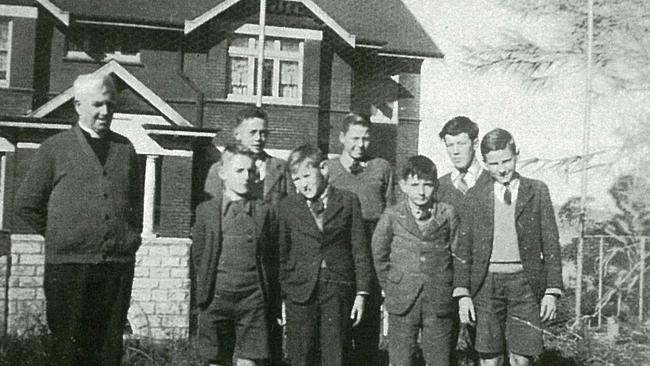
Following Rev Palmer’s death, the house was occupied by his son and daughter, and by a former student, Fred Earl, all of whom have since died.
After the builder of The Lookout, Augustus Knight, sold his Balgowlah mansion and moved to Rock Farm, he married a third time and became an orchardist but retained a familial link with Manly that came to public attention in 1919.
Knight’s cousin, Florence Hanson, who lived at Manly, committed suicide on August 2 that year while staying at his Rock Farm home.
Mrs Hanson had a history of mental instability and had spent time in a mental hospital at Randwick.
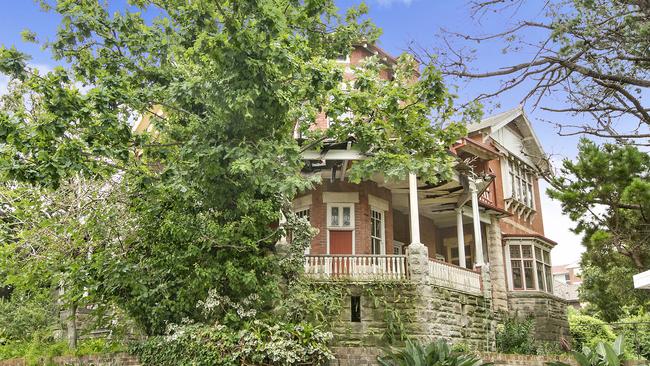
Augustus Knight died on Christmas Day, 1934, aged 75.
He was survived by his wife and seven children – four from his second marriage and three from his third.
And despite his financial ups and downs, and his many children, Knight didn’t die poor – when probate was granted, his estate was valued at £38,458.
In 1936 properties from Knight’s estate were put up for sale, including the Plaza guesthouse on South Steyne, Manly, a block of flats in Wentworth St, Manly, and numerous blocks of land at Balgowlah.


